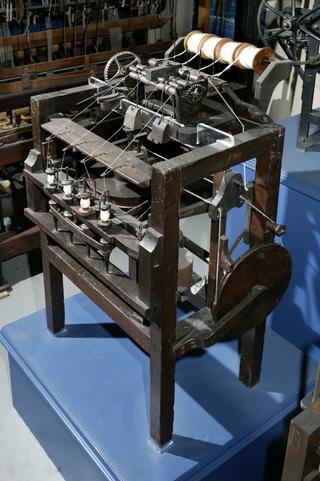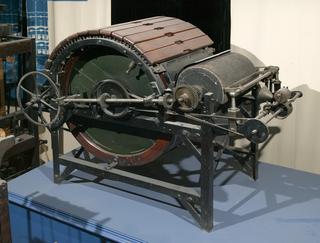
Pair of hand blocks, ABC Wax




Pair of hand printing blocks it is numbered 2B . Made by ABC Wax, Manchester. It shows how hand blocks were designed to fit together to build up a pattern.
This block was used in the making of wax print textiles, known variously as English wax, Dutch wax or African wax print and locally derived names such as Ankara. The cloth goes through multiple processes to create the finished fabric.
Skilled workers made and used this hand-printing block to stamp repeat designs on the fabric. At the peak of ABC Wax’s activity, new designs were launched at the rate of up to 200 per year. Developed to suit their customers’ tastes, Manchester-based designers responded to feedback on popular colours and patterns. Textile sellers would inform merchants which styles were in demand and suggest motifs that would sell well. Colour preferences, motifs and cultural symbols varied across the countries and regions.
Designs and colourways have often taken on meanings and names and become associated with specific events, celebrations, and proverbs. Equally, the designs were often inspired by events, celebrations, and proverbs. The fabric may represent something the wearer wants to express, such as whether they are educated, wealthy or pregnant, usually through representing a well-known phrase or proverb. One pattern might mean that the wearer is arguing with their partner or family, and another might say that the wearer is ready to marry.
It is typical for wax prints to have several different colourways for each pattern. A whole piece of fabric is 12 yards in length. The width of the fabric varies between different manufacturers; it is usually 45 to 48 inches.
Details
- Category:
- Textile Industry
- Object Number:
- Y2013.17.6.1
- Materials:
- wood (unidentified)
- type:
- hand printing block




